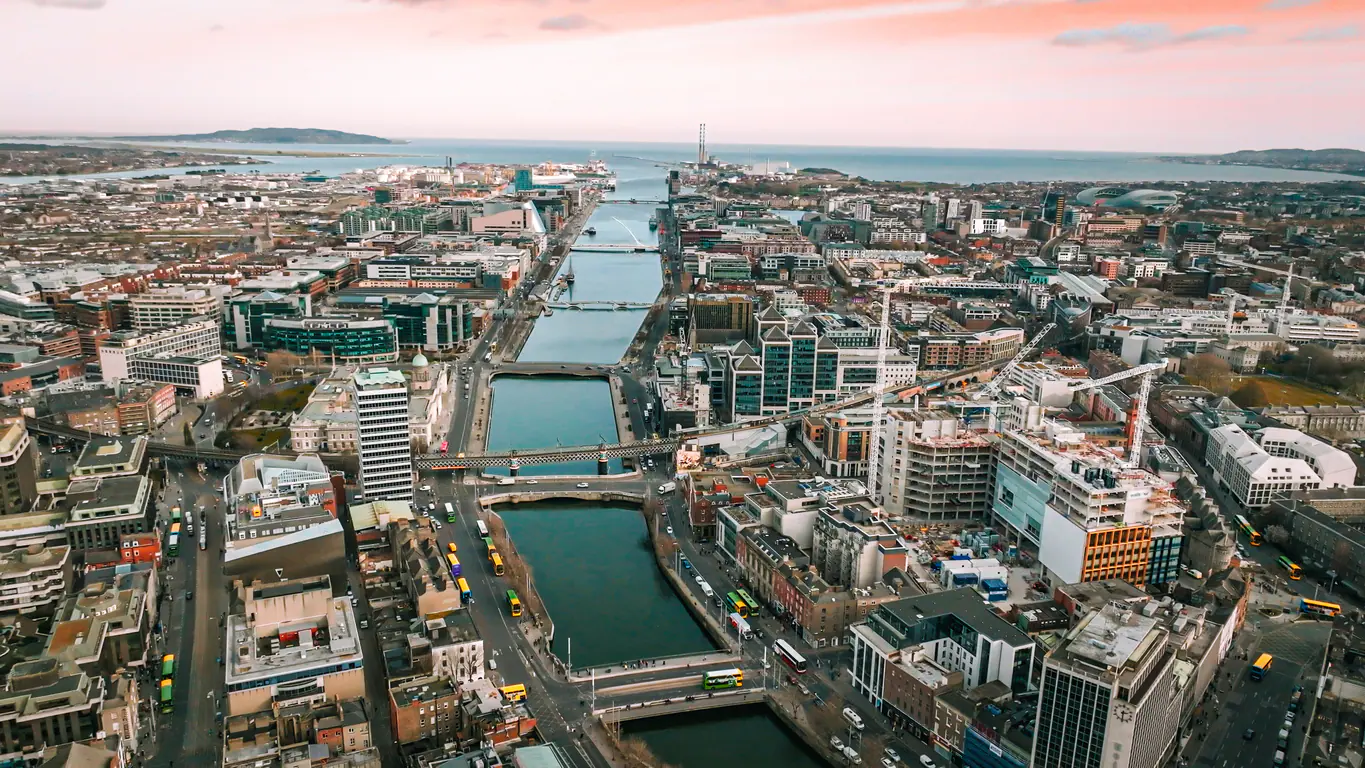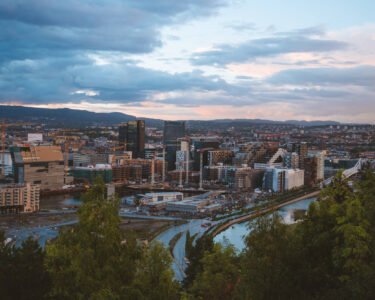As the heart of Ireland’s economic and cultural growth, Dublin has long been at the forefront of innovation and development. Recently, the city has taken significant strides in the housing sector by championing sustainability and A-rated housing developments. These eco-friendly initiatives reflect a growing commitment to reducing carbon footprints while improving the quality of life for residents. But what makes Dublin stand out as a leader in sustainable and A-rated housing? Here are the top reasons behind its success.
1. Government Initiatives and Policy Support
Dublin’s journey toward sustainability has been significantly influenced by government policies aimed at addressing climate change. Initiatives such as Ireland’s Climate Action Plan and the National Development Plan have set ambitious targets for achieving near-zero emissions in the housing sector.
Specific measures, such as the introduction of the Building Energy Rating (BER) system, ensure that homes are assessed for their energy efficiency. Dublin developers are increasingly building homes that achieve A-rated BER certifications, signifying excellent insulation, low energy consumption, and efficient heating systems.
Government grant programs like the Better Energy Homes Scheme and SEAI Retrofit Grants have also incentivized homeowners and builders to invest in energy-efficient upgrades, making sustainable housing a feasible reality for many Dubliners.
2. Demand for Eco-Friendly Housing
The demand for eco-friendly housing in Dublin is at an all-time high, driven by a growing awareness of climate change and rising energy costs. Homebuyers and renters are increasingly prioritizing homes that are cost-efficient and environmentally friendly.
A-rated homes, which are designed to use minimal energy for heating and cooling, have become especially desirable in Dublin. These properties often feature high-quality insulation, triple-glazed windows, solar panels, and air-to-water heat pumps, making them not only sustainable but also more affordable in the long run.
The younger generation, in particular, is embracing this green lifestyle, creating a market that pushes developers to prioritize sustainable designs.
3. Innovative Building Techniques and Materials
Dublin’s developers are leading the charge in adopting innovative construction techniques that enhance energy efficiency and sustainability. Modern housing projects incorporate cutting-edge technologies such as prefabricated components, which reduce construction waste and speed up building times.
Sustainable materials, such as timber frames and recycled steel, are also becoming increasingly popular in Dublin’s housing sector. These materials not only minimize environmental impact but also improve the thermal performance of homes.
In addition, developers are now using smart home technologies that allow residents to monitor and reduce their energy consumption. From programmable thermostats to energy-efficient lighting systems, these innovations are making sustainable living more accessible than ever.
4. Focus on Urban Renewal and Compact Living
Dublin’s commitment to sustainability is evident in its urban renewal projects, which aim to create more efficient use of space while revitalizing older neighborhoods. Many areas of Dublin have seen the transformation of underutilized or derelict spaces into vibrant, energy-efficient housing developments.
The city’s push for compact living solutions, such as granny flats and micro-apartments, also aligns with sustainability goals. These smaller living spaces use fewer resources, consume less energy, and contribute to a reduced urban footprint.
Additionally, mixed-use developments that combine residential, commercial, and recreational spaces are helping to reduce the need for long commutes, further lowering carbon emissions.
5. Support from Industry Leaders
Dublin is home to some of Ireland’s most forward-thinking developers and architects, who are setting new standards in sustainable housing. Companies specializing in green construction and A-rated developments are leveraging their expertise to build homes that are both environmentally and financially sustainable.
Industry collaborations, such as those between developers and renewable energy providers, are also driving innovation. For example, the integration of solar panels, rainwater harvesting systems, and electric vehicle charging points is becoming a common feature in Dublin’s new housing projects.
These advancements demonstrate how industry leaders are playing a critical role in shaping a sustainable future for the city.
6. Community Engagement and Awareness
Another key factor in Dublin’s success is the active engagement of its residents. Community-led initiatives, such as local sustainability workshops and energy-saving campaigns, have helped raise awareness about the benefits of eco-friendly housing.
Residents are also taking advantage of retrofitting programs to upgrade their older homes with energy-efficient features. This collective effort between individuals, communities, and policymakers has created a culture of sustainability that continues to drive Dublin’s progress in housing development.
7. Meeting EU Climate Goals
As part of the European Union, Ireland has committed to achieving ambitious climate goals, including reducing greenhouse gas emissions and increasing energy efficiency across all sectors. Dublin, as the nation’s capital, has taken a leadership role in meeting these targets.
The city’s focus on A-rated housing developments aligns with the EU’s Nearly Zero-Energy Building (NZEB) standard, which requires all new buildings to have a high energy performance. By complying with these regulations, Dublin is not only contributing to Ireland’s climate goals but also setting an example for other cities across Europe.
8. Long-Term Financial Benefits
One of the most compelling reasons behind the popularity of A-rated housing in Dublin is the long-term financial savings it offers. While these homes may come with a slightly higher upfront cost, their energy-efficient features result in significantly lower utility bills over time.
For example, solar panels and heat pumps reduce reliance on fossil fuels, while high-quality insulation ensures minimal heat loss during winter. These cost-saving benefits make sustainable housing an attractive option for both homeowners and investors.
Conclusion
Dublin’s leadership in sustainable and A-rated housing developments is a testament to the city’s forward-thinking approach to urban planning and environmental responsibility. Through a combination of government support, industry innovation, and community engagement, Dublin is setting a high standard for eco-friendly living in Ireland.
As the city continues to grow and evolve, its commitment to sustainability will not only benefit current residents but also ensure a greener, healthier future for generations to come. Dublin is proving that it is possible to balance development with environmental stewardship, making it a shining example for cities worldwide.







